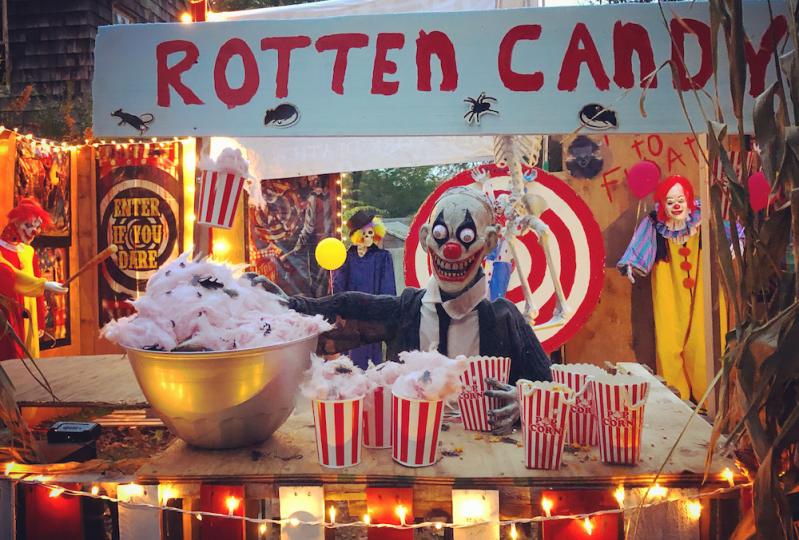As Halloween fast approaches, many people are considering how safe it will be to trick-or-treat given the Covid-19 situation. For communities with lower infection rates right now (like many of ours here on the East End) compared to hot spots elsewhere in the country, it can be particularly tempting to seize an opportunity for normality and plan to trick-or-treat as usual.
But this could be risky. We know that across the nation as a whole, Covid-19 cases are again increasing, which means that we should do everything we can locally to avoid contributing to anything that could lead to an increase of cases in our region.
So how best to do that? As with most things Covid, the absolutely safest course of action is to skip trick-or-treating altogether and stay home. The Centers for Disease Control note that traditional door-to-door trick-or-treating ranks among high-risk activities, so avoiding it is probably the safest bet. You could stay home and devise fun activities like candy scavenger hunts, Zoom activities with friends, or simply enjoy a scary movie night.
Obviously, many people won't jump at these options, so if you're determined to have some sort of trick-or-treating experience this Halloween, here are a few tips on how to minimize your risk and stay as safe as possible:
1) Stay in your local neighborhood. The less travel you engage in, the less your opportunities to engage with someone who might be infected and could pass it on to you.
2) Skip the parties this year. No matter how much fun they are (and I know we could all use more fun right now!), any gathering with groups of people outside your family is an opportunity to be part of the next superspreader event. Outdoor parties are a little safer, but make sure they're limited in size as much as possible if you do opt for this route and have plenty of room to maintain at least six feet of separation and avoid shared foods. Oh, and don't forget your mask!
3) Perhaps most important, keep your kids from dashing to houses that have people physically handing out loose candy from large bowls, and look for socially-distanced options such as individually wrapped bags left on a porch.
4) Last, consider packing up the candy your kids acquire as soon as you get home and letting it sit for a week or two before diving into it. Instead you could perhaps buy separate candy for the kids to enjoy on Halloween itself. The novel coronavirus primarily transmits via respiratory droplets, but there is still some risk with surface contamination. Research published in The New England Journal of Medicine in April 2020 indicated the virus could survive on plastic for three days or so. Giving it time to sit before engaging (i.e., opening and eating) with it may perhaps give the virus time to die off and minimize the risk further, although I should make clear this is only my own thinking and nothing proven scientifically as far as I know. At the very least, it will give you time to hear locally if anyone distributing candy turns out to have been an asymptomatic carrier.
As with so much else, how you and your family approach Halloween this year ultimately comes down to finding a balance between living your life, keeping yourself and your family safe, and doing what you can to support the health of your neighbors and friends as well. I hope that some of the tips here will give you a few ideas and helpful nudges toward doing these things so that we can continue to keep our local rates of infection low and those we love safe.
--
Joshua Potter, D.O., is a physician with Stony Brook Southampton Hospital's Meeting House Lane Medical Practice who specializes in family and neuromusculoskeletal medicine. He oversees the practice's Shelter Island office. Opinions expressed in this column are his personal and professional views and not necessarily those of his employer.

